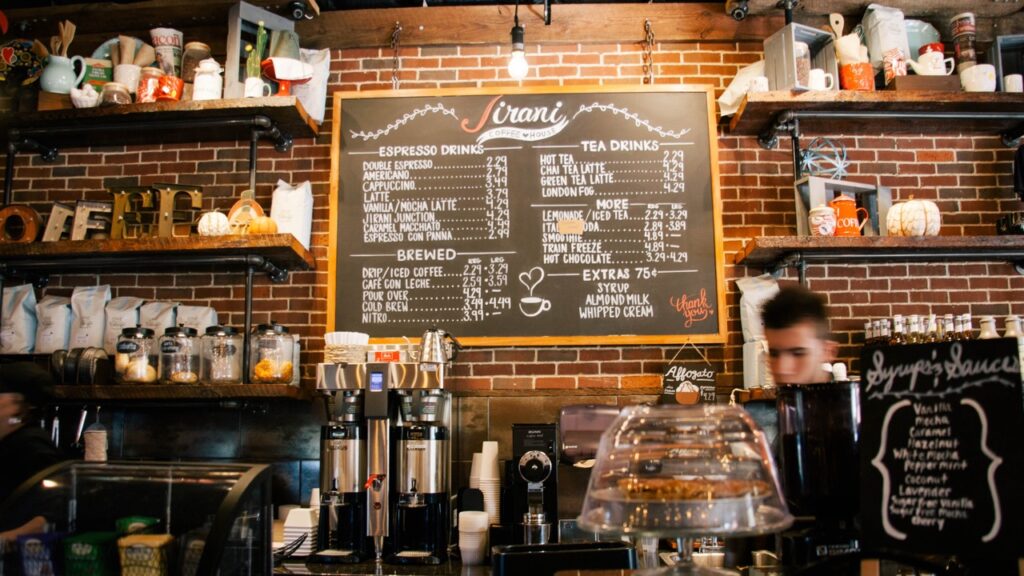
For any restaurant, staying on top of industry trends and competitive analysis is an ongoing challenge. The right competitive intelligence tool can give you an edge, allowing you to identify new opportunities and better understand your existing market. With the right data, you can make more informed decisions when it comes to expansion plans, marketing strategies, and business development.
When looking for a competitive intelligence tool for restaurants, there are 10 key aspects to consider:
1. Data Source & Quality
One of the main things to consider is the source and quality of the data. Even if the tool provides robust datasets, if the data isn’t accurate, up-to-date, or complete, it won’t be of much help. Make sure to double-check the data source and ask questions about how often the data is updated.
2. Customizable Reports
A good competitive intelligence tool should be able to generate reports that are customizable according to your specific needs. Being able to filter, sort, and group data into logical categories will allow you to identify trends more easily.
3. User-Friendliness
If the user interface of a competitive intelligence tool is difficult to understand and master, it will likely become a waste of time and resources. Look for a tool that is intuitive and easy to use, so you can quickly access the information and insights you need.
4. Cross-Platform Functionality
The ability to access the competitive intelligence tool on multiple platforms will make it easier for you to access up-to-date information wherever you need it. Look for a tool that has mobile apps and web applications, as well as a platform where you can collaborate with your team.
5. menu Technology
It’s important to know what type of technology is popular in your market. Being able to integrate the competitive intelligence tool with menu technology will allow you to monitor how customers are responding to menu items and to optimize your selections accordingly.
6. Prospecting
Some competitive intelligence tools offer prospecting features that allow you to identify new opportunities in the market. This way, you can balance your portfolio of restaurant concepts, as well as identify potential areas for expansion.
7. Quality of Insights
The best competitive intelligence tools not only provide you with data, but also with actionable insights and recommendations that will help you make informed decisions. Look for a tool that has built-in algorithms that can quickly analyze the data and uncover new opportunities.
8. Cost-Effectiveness
The cost associated with a competitive intelligence tool is an important factor to consider. While some tools are property tailored to the foodservice industry and come with a high price tag, there are also more cost-effective options that are still reliable and provide reliable insights.
9. Security & Reliability
Data security is of the utmost importance, especially in competitive intelligence tools. Make sure the tool is reliable and secure, so you can be sure your data is kept safe and secure.
10. Customer Support
Having access to customer support is vital for any tool, and especially for a competitive intelligence tool. Ask questions about the level of customer support offered and look for a tool that provides fast and reliable support.
Choosing the right competitive intelligence tool for your restaurant can make a huge difference in the success of your venture. By considering these 10 key aspects, you can make sure you have the right tool for your needs and maximize your return on investment.